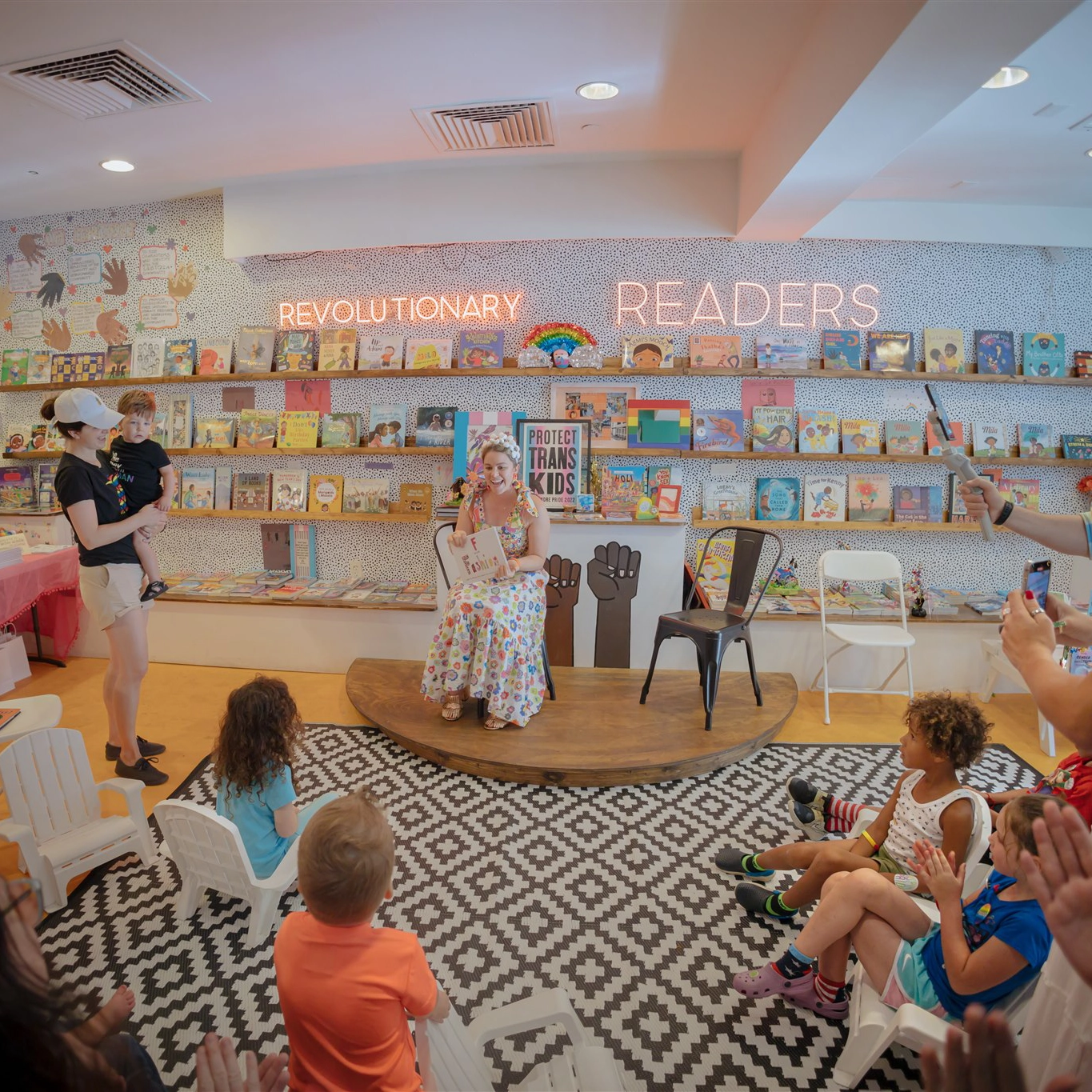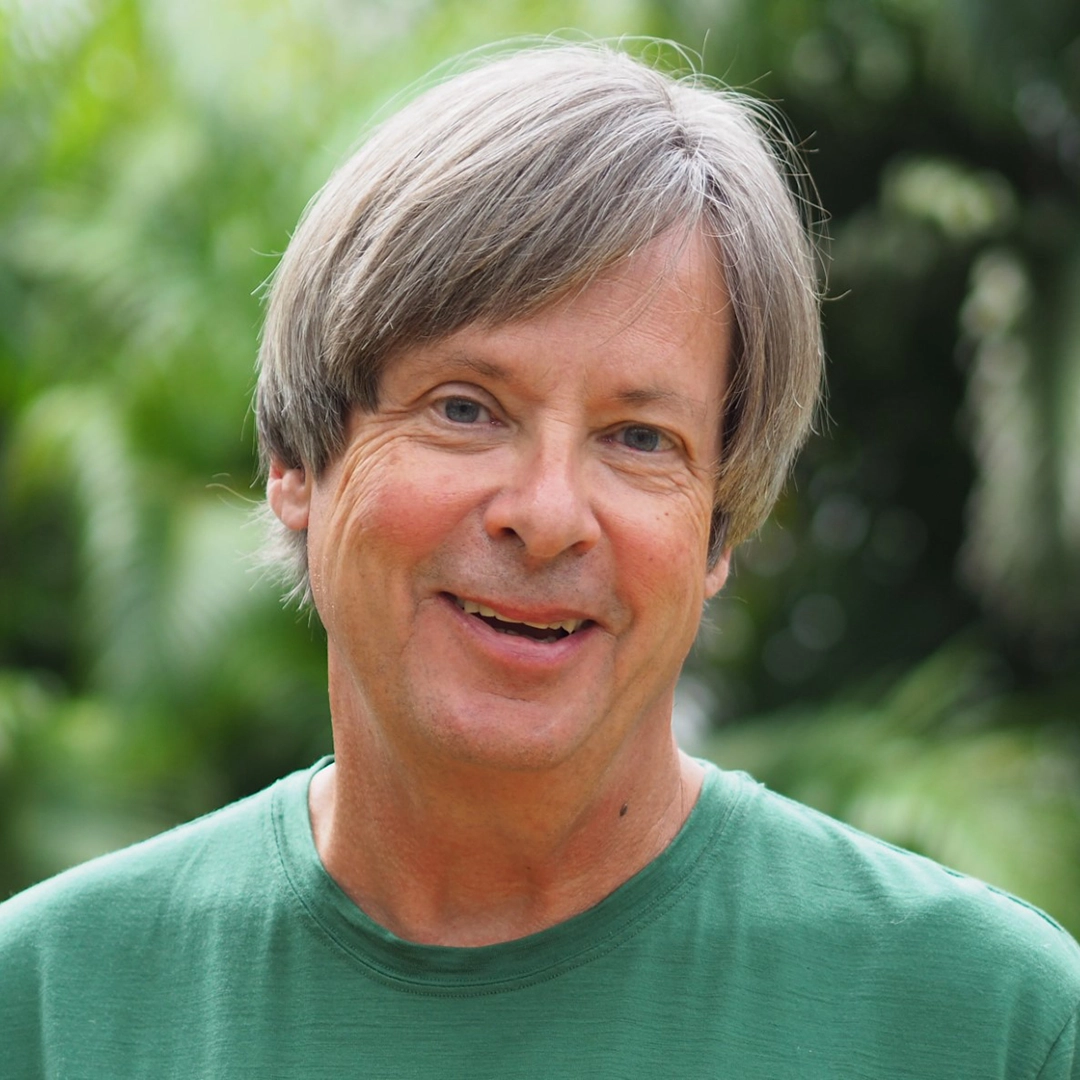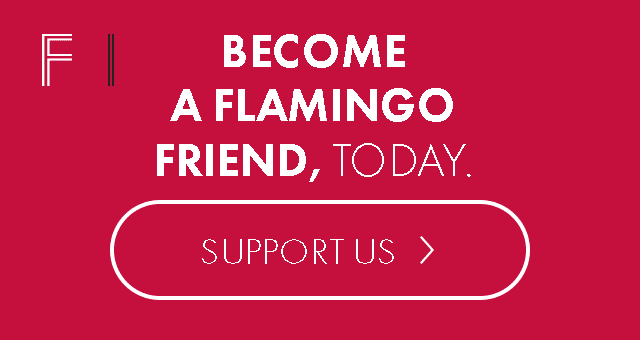by Katie Hendrick | June 1, 2016
Culture: Stay Sunny, D.C.
For Floridians flocking to our nation’s capital this summer, add this little piece of home to your must-see list.
Who knew that the Sunshine State has a sanctuary of sorts for its residents who are touring the Federal City? The foundation for the only successful state “embassy” in Washington, D.C., was laid in the early ’60s. Back then, Lawton Chiles was a member of Florida’s House of Representatives. He and his wife, Rhea, packed their three children—Bud, Tandy and Ed, all under age 10—into a popup trailer for a road trip to Washington from their home in Lakeland.
Crossing the Memorial Bridge from Arlington National Cemetery to the city proper, young Ed marveled at the size of everything. “The monuments were huge and so were the streets,” he says. “I remember going around and around the traffic circles, feeling completely lost.”
On one of those vexing loops, one of the Chiles children, recalling the stately foreign embassies on Massachusetts Avenue the family had passed at some point, asked: “Why don’t we just stop in Florida’s for directions?” The parents answered that although countries have embassies, states do not. But the child’s question prompted Rhea to ponder another one: Well, why don’t they?
Fast forward to 1972. Lawton had successfully completed his famous 1,003-mile walk across Florida campaigning for a U.S. Senate seat and won. The family returned to D.C., now as part-time residents.
One day during her first year as a Washingtonian, Rhea took a walk around Capitol Hill, where she stumbled upon a three-story Victorian row house with a “For Sale” sign. Recalling her child’s question, she envisioned that house becoming the country’s first state embassy. It would be an elegant building dedicated to promoting Florida’s history and culture and demonstrating its hospitality.
Though the structure had several problems—broken windows, flooring that had started to cave in and homeless squatters, for starters—Rhea recognized its value. Directly across the street from the U.S. Supreme Court and the Library of Congress, halfway between the Senate and House office buildings and one block away from the Capitol and the National Mall, the house boasted the ultimate location, location, location. It also had historical merit. Edward Manning, one of the architects of the Library of Congress, built the house in 1891.
With $5,000 from her own pocketbook and $120,000 raised from friends in Florida, she purchased the property. (Today, Florida House is valued at well over $4 million.) Looking back, Ed Chiles recalls how his mother’s emotions vacillated from elation to unease to determination to pride.
“It was one of those situations I find myself in all the time,” says Ed, who runs restaurants on Anna Maria Island, Bradenton Beach and Longboat Key. “When the idea sparks, you think, ‘I can do that!’ Then, when you’re starting out, your reaction becomes, ‘Oh no, why’d I do that?’ Eventually everything comes together, and you say, ‘I’m so glad I did that!’ At the beginning, Mom basically had bones of a house in a rundown neighborhood in a city that had recently endured riots.” It would require extensive renovations and a whole lot of PR to make Florida House safe, let alone inviting, for visitors.
But Rhea’s apprehension steadily disappeared as she recruited other Floridians who were equally passionate about making her vision a reality. The first collaborator was her brother, Ed Grafton, a celebrated Miami architect and businessman, who helped develop blueprints and a budget. Next, Rhea assembled a board of trustees to help finance and furnish Florida House, contribute ideas for programming and other services and generate enthusiasm among people in their respective communities.
From the outset, Rhea wanted Florida House to be a private nonprofit organization.
“Mom believed that if the house couldn’t stand on its own without public money, it shouldn’t exist,” Ed says. “She was adamant that it not be a drain on taxpayers.” Rhea didn’t struggle to find supporters, he continues. “She had a lot of connections, a gift for bringing people together and an idea that resonated with many of her friends.”
In October 1973, Florida House officially opened at Number One Second Street N.E., with Rhea behind the reception desk, greeting visitors with a glass of orange juice,
a cookie, a map and a smile.
“In those days, we would have called it a welcoming center,” says Trustee Emeritus Elizabeth Lindsey, of Sarasota, a friend of Rhea’s who joined the board in its toddler years. “Now it’s so much more. It’s a busy, busy place. It gives every Floridian the sense they have their own private home in Washington.”
Stocked with works by talented Floridian authors, from Marjorie Kinnan Rawlings to Brad Meltzer, and artists such as the Highwaymen and A. E. Backus, Florida House is part library and part gallery. Every spring, the house adds to its collection during a ceremony to honor a distinguished author and artist.
Devoted to education, it hosts approximately 4,000 Florida schoolchildren on field trips each year and offers internship programs for Florida college students eager to learn more about the state and politics. Two years ago, in conjunction with the National Constitution Center in Philadelphia, Florida House developed a civics curriculum that is taught in seventh-grade classrooms in Polk, Hillsborough and DeSoto Counties.
Florida House offers an invitingly convenient place for the state’s Congressional delegates to rendezvous with constituents visiting the capital, and to mentor summer interns during weekly seminars. Florida businesses and associations meet there to review position points before lobbying on the hill. Individuals and organizations can rent the house for private parties, memorial services and weddings. Prince Albert of Monaco, former Vice President Dick Cheney, and Chief Justices John Roberts, Ruth Bader Ginsberg and Anthony Kennedy have all attended Florida House fêtes.
National news outlets have visited, too. After the 9/11 terrorist attacks, CNN interviewed members of Congress from its roof “because we had the visual of the Capitol and smoke from the Pentagon behind it,” says Bart Hudson, the house’s CEO and president.
Hudson estimates that approximately 15,000 people come through Florida House each year. Floridians make up the bulk of that number, but anyone is welcome. Visiting hours are 9 to 5, Monday though Friday, and there’s no admissions fee.
At the helm since 1999, Hudson worked closely with Rhea before her death in November 2015 and says her crusade to welcome people—children, business leaders, politicians, “even Georgians”—remains Florida House’s primary goal.
Hudson advances the mission of the house with the assistance of two employees, both from Florida, 100 trustees, 20 young ambassadors and bylaws written by Rhea that established geographic chapters of trustees, scheduled biannual meetings of the board and appointed the state’s First Lady as honorary chairman. (Rhea held this title from 1991 to 1998, during Lawton’s two terms as governor.)
Florida House endures as the country’s only state embassy. “Others have tried, but no one else could make it work,” Lindsey says. She describes the house as “a place that makes Floridians feel close-knit,” an invaluable asset as the state grows more populated and politics become increasingly partisan. Furthermore, she says, “Florida House reminds members of Congress where they came from and that they depend on the folks back home.”
To Ed Chiles, the house serves as the ultimate legacy of his mother and a treasure to Floridians. “It instills values about who we are and what’s native to Florida,” he says. “We have an incredibly beautiful state with a rich heritage that deserves to be preserved.”
Hudson relishes the honor of sharing this heritage and looks forward to meeting more Floridians.
“There are close to 20 million people living in the state, most of whom we’ve never seen,” he says. “We’re ready to welcome them to Florida House—with a cookie and a glass of orange juice.”






